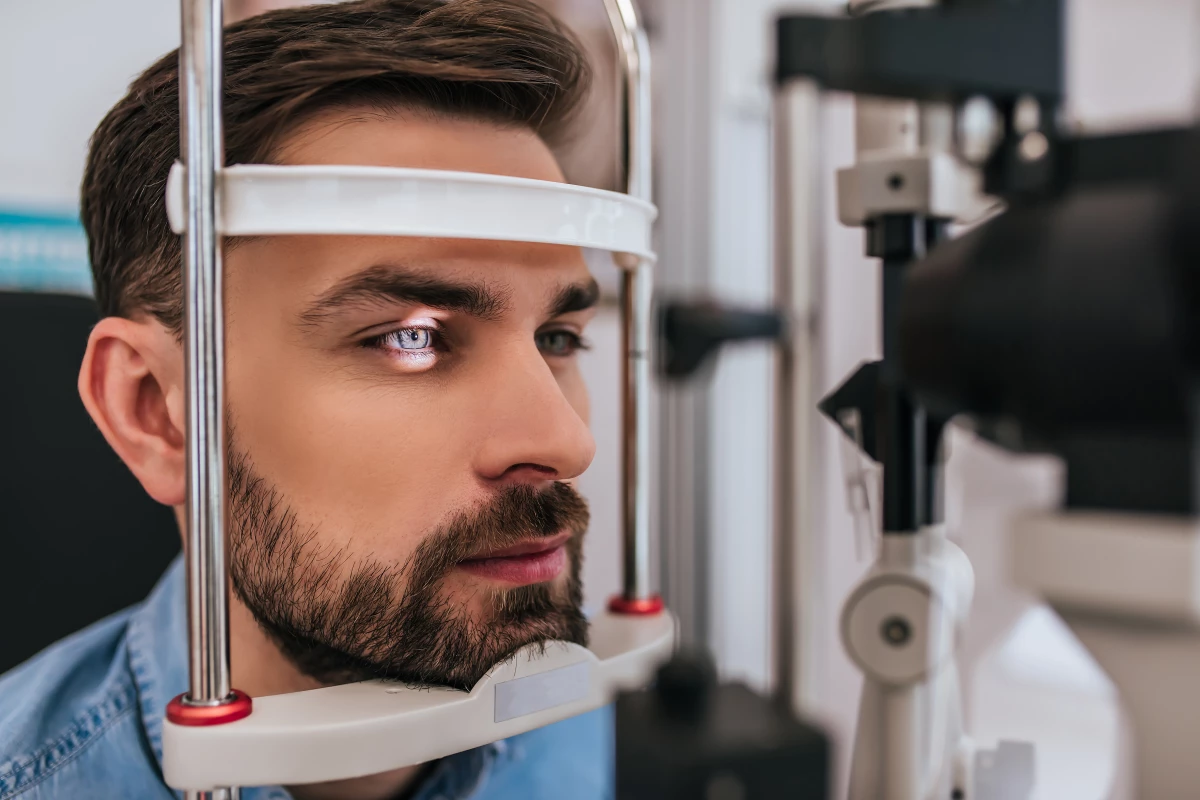Eye Injection Restores Vision in Mice – Human Trials on the Horizon

Depositphotos
A groundbreaking therapy has enabled damaged retinal cells to regenerate. Though the research was conducted in mice, the biological pathways are shared with humans, offering promising potential for treating certain forms of blindness.
A Rare but Leading Cause of Inherited Blindness
Retinitis pigmentosa, while relatively rare, affects about 1.5 million people globally and is the leading cause of inherited retinal degeneration-related blindness. The condition leads to the gradual deterioration of photoreceptors—light-sensitive cells in the retina—causing progressive vision loss that can eventually eliminate central vision altogether.
There is currently no cure for retinitis pigmentosa, but researchers at the Korea Advanced Institute of Science and Technology (KAIST) have made a major breakthrough that could bring us closer to one.
Inspired by zebrafish—known for their ability to regenerate damaged retinas—the scientists focused on Müller glia cells. In fish, these cells serve as a bridge between the inner and outer retina, clear out neuronal waste, and assist with light transmission. When retinal damage occurs, the Müller glia transform into retinal progenitor cells, which generate new neurons and restore vision.
Why the Mammalian Retina Can’t Regenerate
However, in mammals, this regenerative process doesn’t occur. By studying human donor eyes and genetically modified mice with retinal damage, the KAIST team identified a key difference: the presence of a protein called PROX1. This protein prevents Müller glia in mammals from converting into regenerative cells.
To overcome this, the team created an antibody that binds to and inhibits PROX1. When injected into the retinas of mice with retinitis pigmentosa, the antibody reactivated the regenerative capacity of Müller glia, restoring vision for over six months.
The team is advancing the development of the PROX1-targeting antibody through their KAIST spin-off company, Cellia Inc., with plans to launch human trials by 2028 for retinitis pigmentosa and other currently untreatable retinal conditions.
“We’re finalizing the optimization of our PROX1-neutralizing antibody, CLZ001, and preparing for preclinical testing before it can be used in patients,” said lead author Eun Jung Lee. “Our aim is to offer hope to individuals facing blindness who currently have no effective treatment options.”
Read the original article on: New Atlas
Read more: Spacetop Offers A Vast Virtual Workspace Right In Front Of your Eyes











Leave a Reply